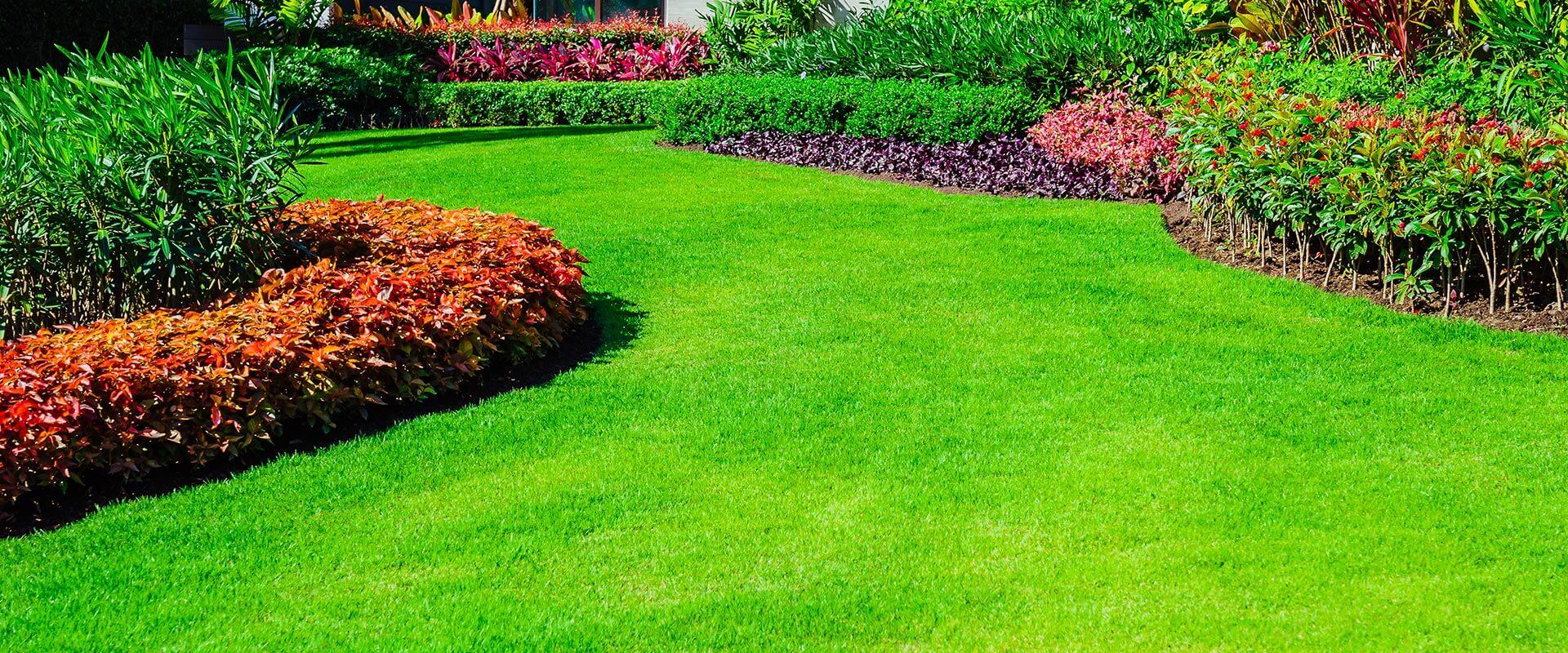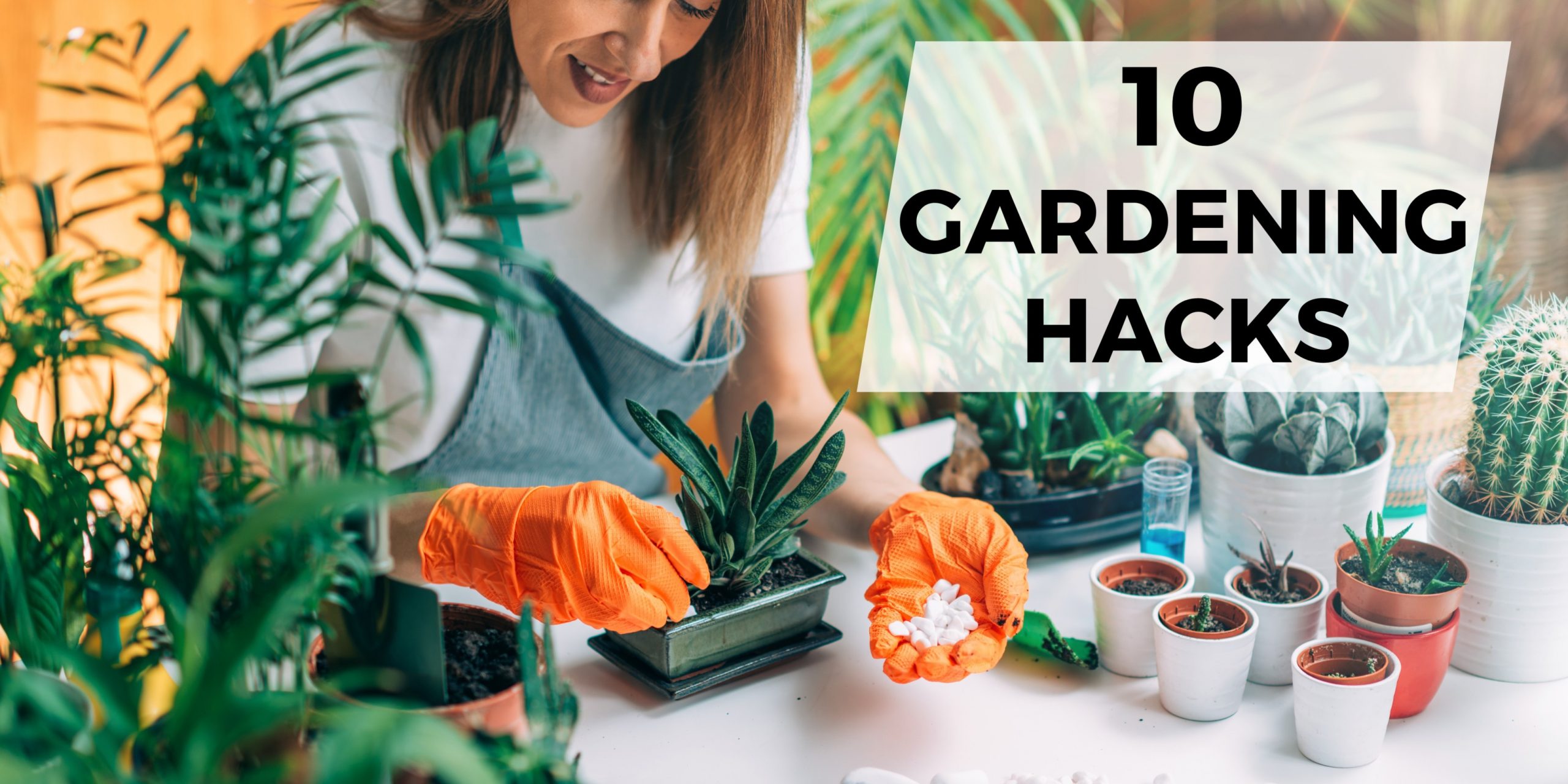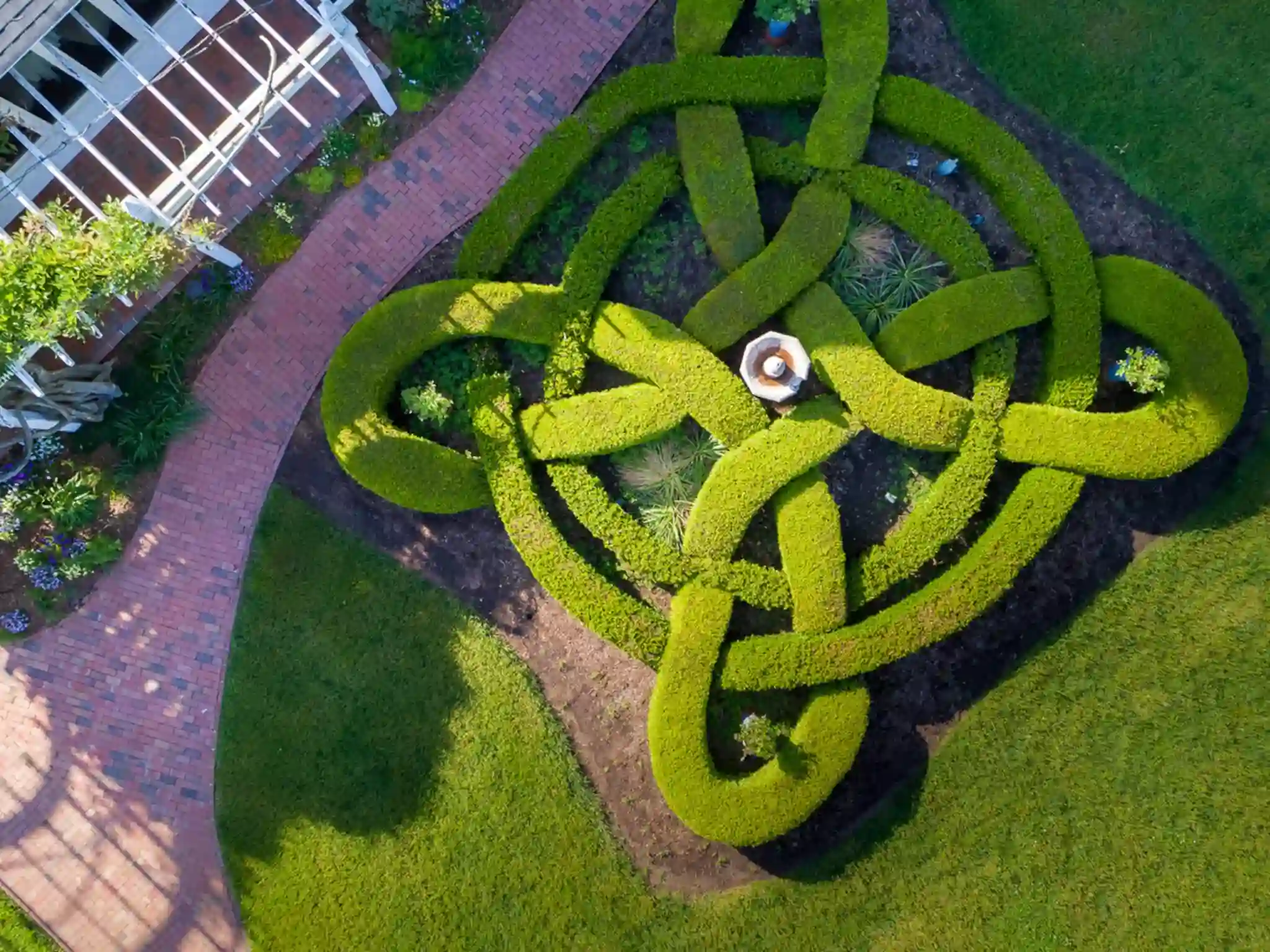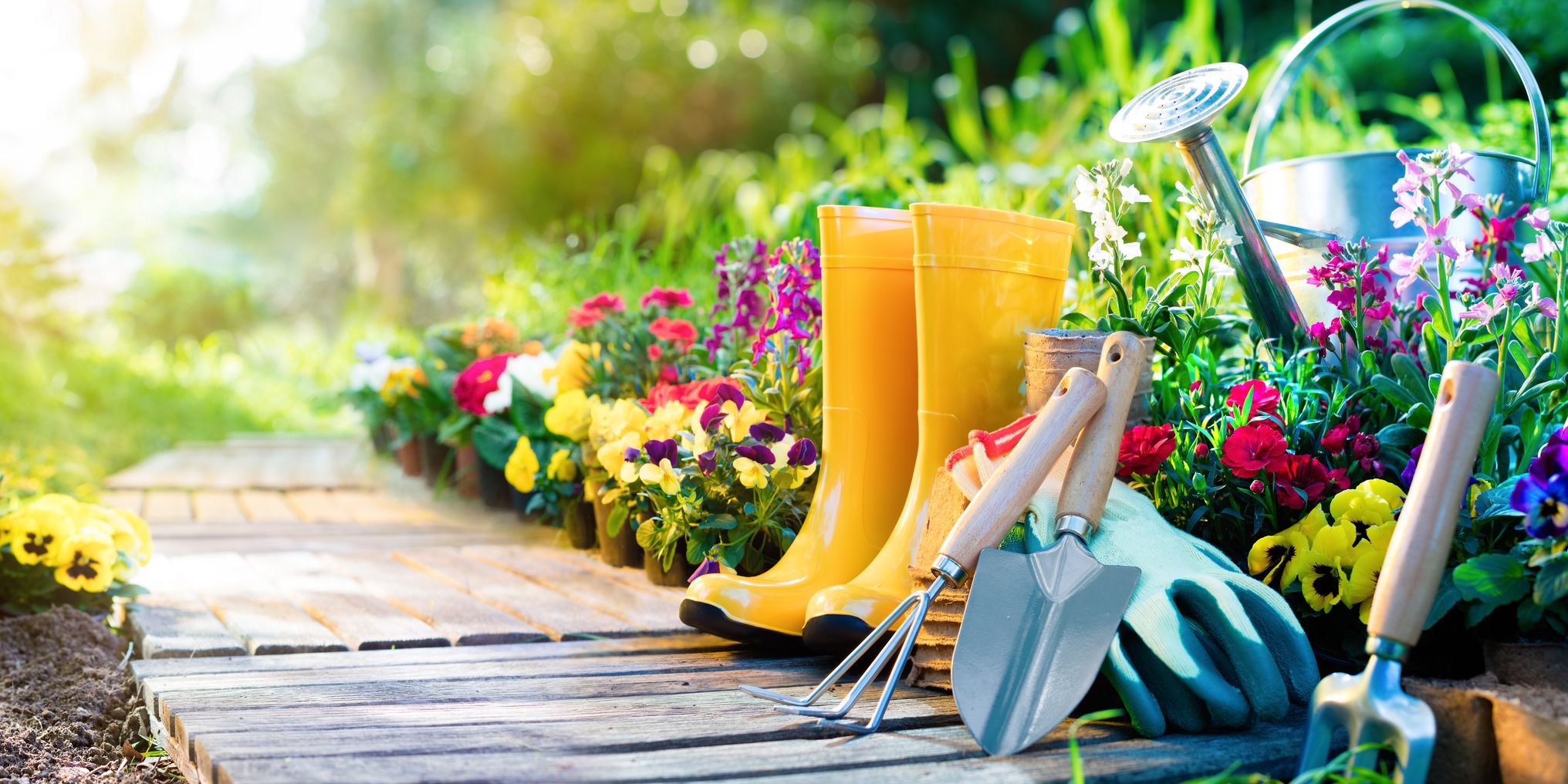A well-manicured lawn is the cornerstone of a beautiful outdoor space. It provides a soft, green canvas for various activities, from leisurely picnics to energetic games. To achieve a lush, healthy lawn, consider these essential tips:
Choosing the Right Grass
Selecting the appropriate grass species is crucial. Factors like climate, soil type, and desired level of maintenance should guide your choice.
- Cool-Season Grasses: Thrive in cooler climates, offering lush green color in spring and fall. Popular choices include Kentucky bluegrass, fine fescue, and ryegrass.
- Warm-Season Grasses: Flourish in warmer climates, providing a durable, drought-tolerant lawn. Bermuda grass, Zoysia grass, and St. Augustine grass are common options.
Essential Lawn Care Practices
- Mowing: Regular mowing promotes healthy growth and prevents thatch buildup. Mowing at the recommended height for your grass type ensures optimal health.
- Watering: Deep, infrequent watering encourages deep root development. Avoid shallow, frequent watering, which can lead to shallow roots and drought susceptibility.
- Fertilizing: A well-fertilized lawn is a healthy lawn. Apply a balanced fertilizer to provide essential nutrients, but avoid over-fertilizing, as it can harm your grass.
- Aerating: Aeration reduces soil compaction, improving water and air penetration to the roots.
- Overseeding: Overseeding helps to thicken your lawn, fill in bare spots, and improve its overall appearance.
- Thatch Removal: Thatch, a layer of dead and decaying organic matter, can suffocate your lawn. Regular dethatching is essential for a healthy lawn.
Common Lawn Problems and Solutions
- Weeds: A well-maintained lawn is less susceptible to weeds. However, if weeds do appear, use a combination of manual removal and herbicides to control them.
- Lawn Diseases: Common lawn diseases include dollar spot, brown patch, and rust. Proper mowing, watering, and fertilization can help prevent these diseases. If a disease outbreak occurs, treat it promptly with a fungicide.
- Pests: Grubs, chinch bugs, and moles can damage your lawn. Identify the specific pest and use appropriate insecticides or natural remedies to control them.
By following these guidelines, you can create a beautiful, healthy lawn that will enhance your outdoor living space. Remember, patience and consistency are key to achieving a lush, green lawn.



